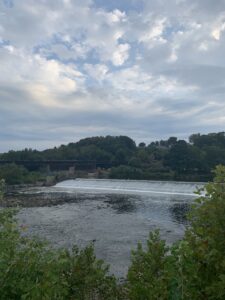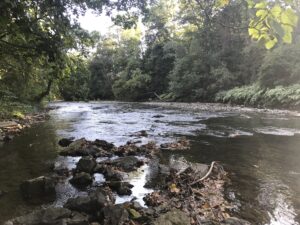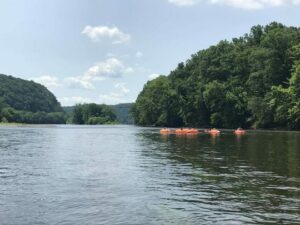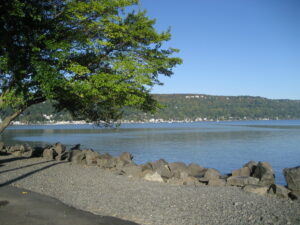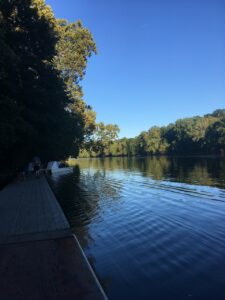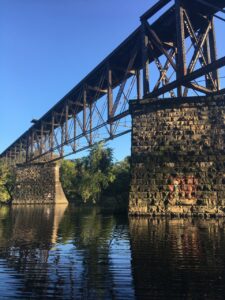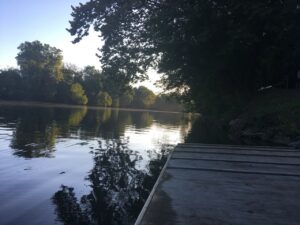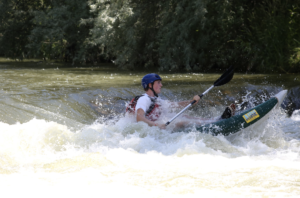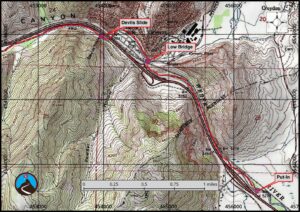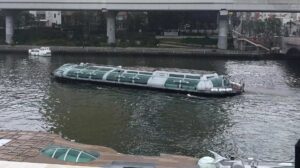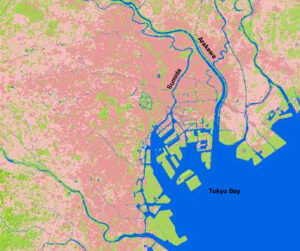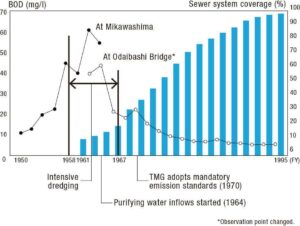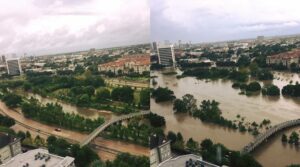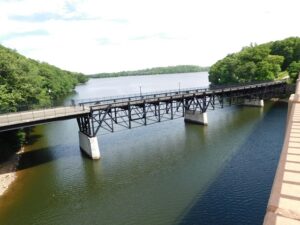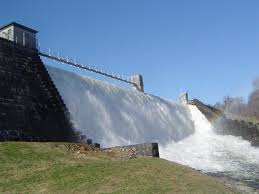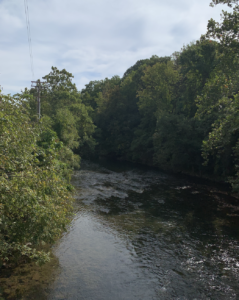

Yesterday I went to the Karl Stirner Arts Trail to run. At first, I just ran back and forth on the trail. We did sprints and other drills. Our last run was more of a cool-down run so I ran at a slow pace. As I ran back, I noticed so many things I didn’t before. Before I was focused on practice and not mindful of the environment around me. As I lightly jogged back I paid more attention to the scenery. I was amazed that I didn’t even notice it before. I saw dogs in the park, I saw birds flying above, and spent more time looking at the artwork and boards with information on them, rather than just glancing. I feel like there’s so many things like this around us, but it’s just a matter of paying attention.
